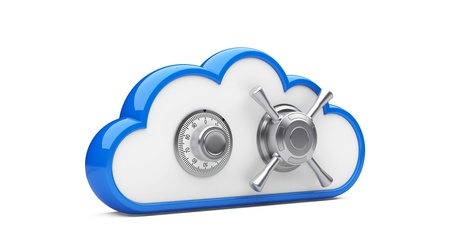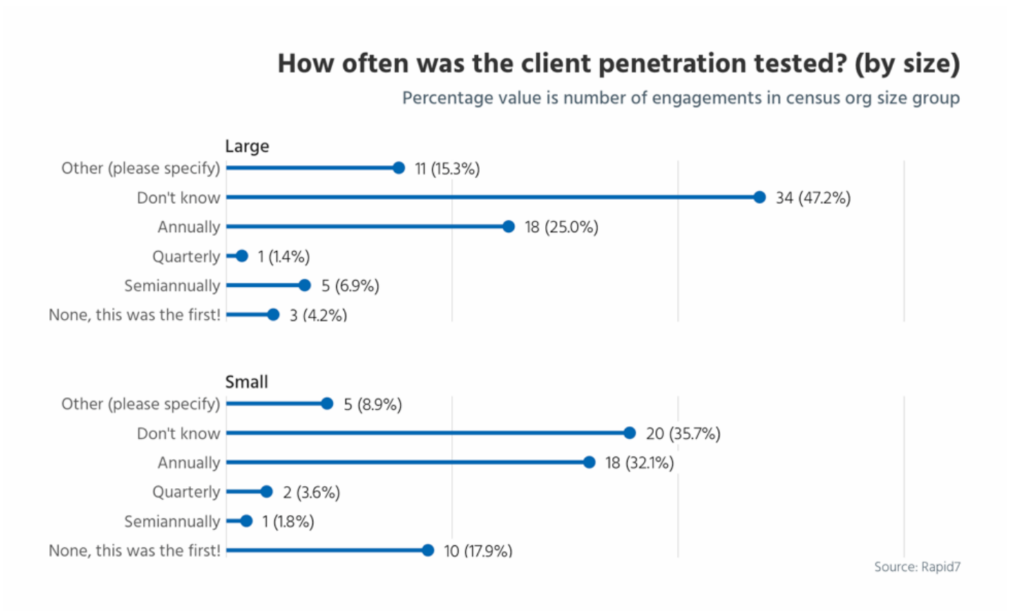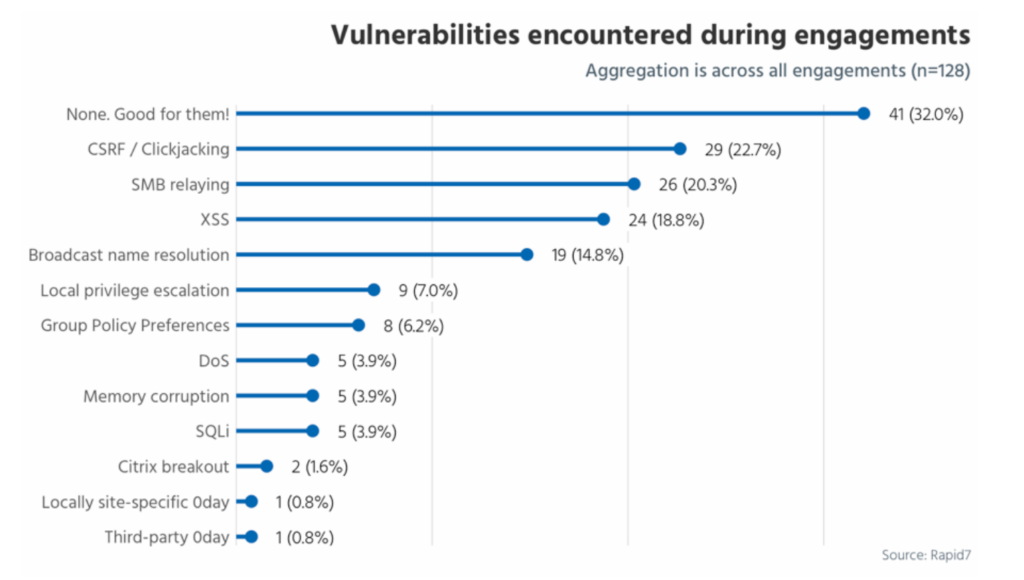How Serious Are We About Security? Extremely.
No self-respecting security team is ever satisfied with the existing security controls it has in place. Some mistake this dissatisfaction as a personality disorder, referring to their security team members as “control-freaks” or “over-achievers”. Let’s face it: security professionals tend to be an eccentric group. However, for a truly committed and competent security team, this eccentricity is simply the symptom of the healthy paranoia that comes with being responsible for the protection of vital infrastructure and sensitive data.
Snowflake’s security team has channeled this paranoia into a program we call Seriously Serious Security Testing. There are several components of this program, including the audit of all the usual administrative and technical controls you would expect from a cloud company. However, where Snowflake’s eccentricity truly surfaces is in our embrace of the dreaded Penetration Test. Here are the highlights of Snowflake’s security testing program and the key role that penetration testing plays.
First: What is a Penetration Test?
A penetration test is a controlled attempt to exploit vulnerabilities to determine whether unauthorized access or other malicious activity is possible within the target environment. This is a requirement for PCI-DSS compliance, and is also considered best practice for any organization that takes security seriously. Snowflake engages globally-recognized experts to perform this activity within specific constraints and guidelines as described in the Methodology section below.
Frequency
Most companies avoid penetration tests altogether. Others perform them annually at best, which is the minimum frequency required to meet the standards and certifications their auditors tell them they need. What many auditors don’t challenge is whether or not adequate penetration testing has been performed after every “material change” to the company’s product or infrastructure. It’s unlikely that performing penetration tests annually would be sufficient in a cloud environment where most vendors take pride in the frequent deployment of new features and functionality (Snowflake is no different in this regard with releases several times a month, at least). Because of these frequent changes, it’s important to ensure your cloud vendors are performing frequent penetration testing to ensure no new vulnerabilities have inadvertently been introduced.
Much to the irritation of our Operations and Engineering teams, Snowflake has performed more than 5 penetration tests in the past 6 months.
Why would we do this to ourselves? Because we want to know what our weaknesses are! The frequency with which we perform these tests provides Snowflake with the assurance that changes to the Snowflake service, as well as newly discovered vulnerabilities within other components of our environment, are not putting Snowflake or (more importantly) Snowflake’s customers and their data at risk.
Methodology
Another example of Snowflake Security’s paranoia is the approach we take with our penetration testers. Typical penetration testing engagements at Snowflake are designed to simulate the compromise of an employee’s or customer’s credentials by providing the tester with limited access to a non-production environment. Engagements run a minimum of two weeks and begin with providing the testers not only with the aforementioned credentials, but also with substantial information about the architecture, network design, and, when applicable, our application code. (This method is sometimes referred to as White Box Testing.) If, after a specific period of time, the testers have not been able to find an entry point, Snowflake gradually provides the testers with slightly more access until they are able to uncover vulnerabilities, or until the time is up.
Why would we divulge so much information? We want to know what ALL our weaknesses are! This provides us with visibility into what would happen if, for example, we had an insider attempting to gain unauthorized access to data. How far would they get? How quickly could we detect them? How would we contain them? And so on. The information is invaluable.
Most common vulnerabilities found by penetration testers
Transparency
The final example of Snowflake’s Seriously Serious Security Testing program is the highly unusual practice of sharing penetration test reports and remediation documentation with qualified prospects and customers (under NDA, transmitted securely, and with the promise of their first born if there is a compromise). By sharing our reports we are able to solicit additional feedback on ways to improve our testing.
I’ve been on both sides of the audit fence for years, and I’ve yet to find an organization as willing to share as much information about its penetration testing frequency and methodology as Snowflake. However, it comes as no surprise to anyone who has worked with Snowflake. Snowflake’s corporate culture is based on teamwork and collaboration, which spills over into Snowflake’s relationships with customers and vendors. We believe that transparency is the cornerstone to trust, and trust is the cornerstone to a healthy partnership between Snowflake and our customers. Providing the penetration test report and remediation evidence allows customers to see for themselves how seriously we take security, as well as how effective we are at achieving it. This allows our customers and prospects to make an informed decision about the risks they’re taking.
Conclusion
Security is a constantly moving target. Our team will never stop this extreme security testing of our infrastructure because threats are constantly evolving.
So…
Call us control freaks.
Call us over-achievers.
Call us paranoid.
One thing you’ll never call us is complacent…seriously.
For more information, please feel free to reach out to us at [email protected]. We would love to help you on your journey to the cloud, securely. And keep an eye on this blog or follow us on Twitter (@snowflakedb) to keep up with all the news and happenings here at Snowflake Computing.


